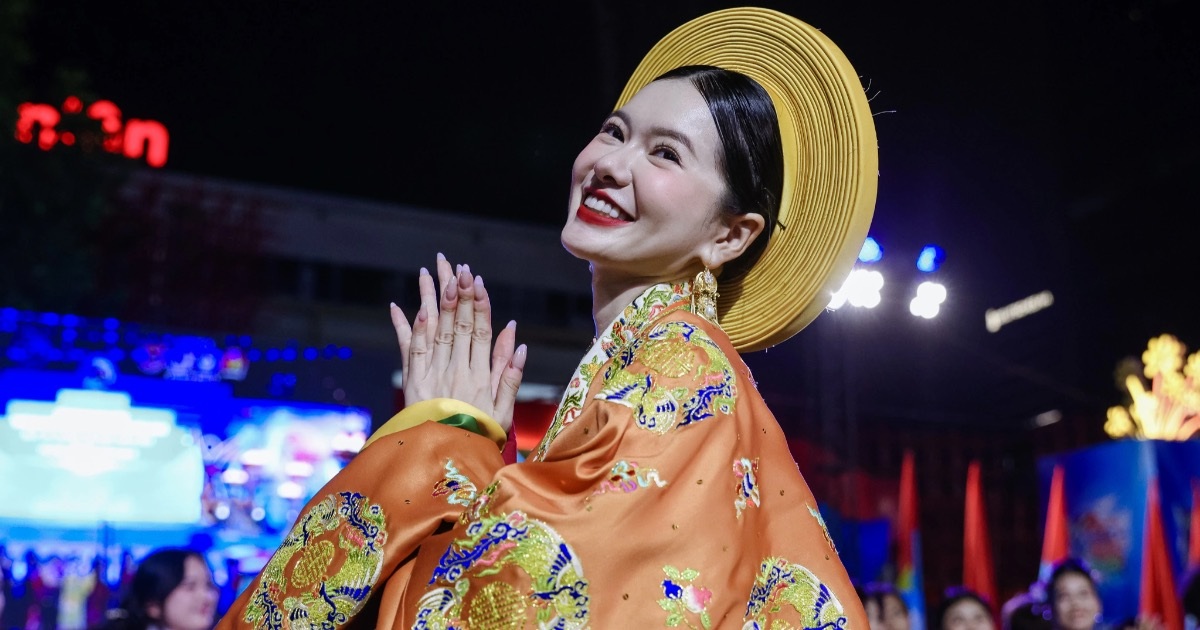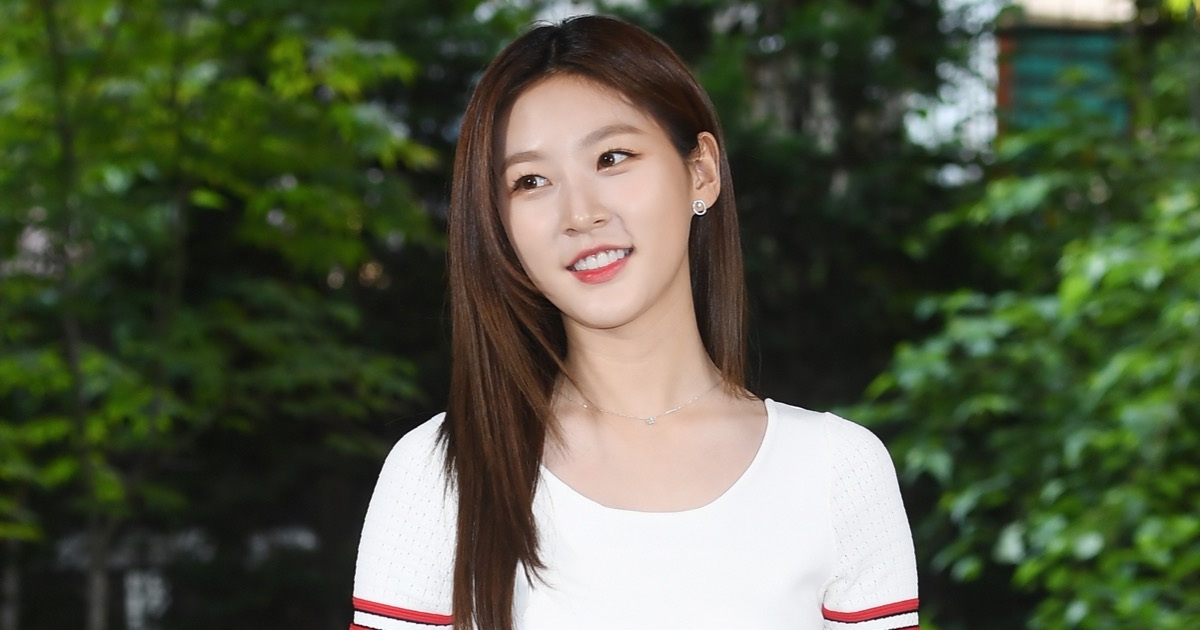A série de fotos românticas do casal Justin e Hailey recebeu 2,6 milhões de “curtidas”, quase 24 mil comentários e mais de 71 mil compartilhamentos dos seguidores. A maioria dos fãs enviou mensagens de felicitações ao casal, desejando que eles continuem juntos para sempre.
Justin e Hailey postam fotos românticas no Dia dos Namorados (Foto: Instagram).
As fotos de Justin e Hailey atraíram 2,6 milhões de curtidas dos fãs (Foto: Instagram).
Desde o casamento, o casal Justin e Hailey Bieber tem enfrentado rumores de problemas no relacionamento. Recentemente, Justin foi visto com sinais de instabilidade emocional, aparência cansada e exausta, alimentando boatos de que ele e sua esposa estariam passando por um momento difícil no casamento.
Os rumores aumentaram em 21 de janeiro, quando Justin Bieber foi flagrado deixando de seguir sua esposa Hailey Bieber no Instagram. Depois disso, o cantor teve que esclarecer publicamente que sua conta havia sido invadida por alguém desconhecido.
Os rumores sobre o casamento conturbado de Justin e Hailey persistiram durante um mês. No entanto, uma fonte revelou que a vida do casal ainda é muito feliz. Ambos estão focados em aproveitar a alegria de serem pais. O casal deu as boas-vindas ao primeiro filho no final de agosto do ano passado.
“Os rumores de divórcio são infundados. Eles estão apaixonados e tudo está bem. Eles ignoram os rumores negativos e se concentram no que realmente importa: família, carreira, amigos e Deus”, disse a fonte.
Por sua vez, Hailey Bieber não se pronunciou, mas continuou compartilhando imagens e informações sobre sua vida familiar nas redes sociais. Recentemente, ela postou uma foto posando com uma bolsa bordada com as palavras “Sra. Bieber” e um anel de noivado avaliado em 1,5 milhão de dólares (mais de 37 milhões de reais).
A modelo também compartilhou uma foto do marido dormindo para mostrar que eles ainda vivem juntos e se preocupam um com o outro.
Com o apoio da esposa e amigos, Justin supostamente está voltando à música. Ele postou várias imagens no estúdio e tocando com amigos em suas redes sociais.
Desde 2022, após sofrer uma paralisia facial, Justin teve que interromper sua carreira musical e lançar novos trabalhos. Os fãs continuam ansiosos pelo retorno do “príncipe do pop”.
Justin Bieber e Hailey Bieber se casaram em 2018. Desde então, eles enfrentaram rumores constantes de divórcio, apesar de já terem um filho. Ignorando os boatos, o casal continua feliz e Justin afirmou repetidamente que Hailey foi a melhor escolha para ele.
“Hailey viu um lado completamente diferente de Justin desde que ele se tornou pai, e ela o ama mais do que nunca”, disse um amigo ao Page Six. Embora o casal tenha falado sobre ter mais filhos, Justin e Hailey estão satisfeitos com a vida atual.
Hailey compartilha foto com uma bolsa escrita “Sra. Bieber” para acabar com os rumores (Foto: Instagram).
Amigos revelam que o relacionamento entre Justin e Hailey continua normal após o nascimento do primeiro filho (Foto: Page Six).
Justin Bieber (nascido em 1994) é conhecido como o “príncipe do pop”. Ele ganhou 2 prêmios Grammy, 8 prêmios Juno, 2 prêmios Brit Awards, 26 prêmios Billboard Music Awards, 18 prêmios American Music Awards e estabeleceu 33 recordes no Guinness World Records.
A revista Time incluiu Justin Bieber na lista das 100 pessoas mais influentes do mundo em 2011. A Forbes o nomeou como uma das 10 celebridades mais influentes do mundo nos anos de 2011, 2012 e 2013. A estrela canadense possui atualmente uma fortuna de 300 milhões de dólares, segundo a Forbes.
Justin e Hailey se casaram em 2018 e têm um filho (Foto: Getty Images).
Hailey Bieber (nascida em 1996) vem de uma família com tradição artística. Seu pai é o famoso ator Stephen Baldwin, e seu tio é o renomado Alec Baldwin.
Ela começou a modelar aos 17 anos e foi apresentada a Justin Bieber ainda jovem pelo pai. Hailey foi eleita a “Mulher mais sensual do planeta em 2017”.
Nos últimos anos, por razões de saúde, Hailey abandonou a carreira de modelo para se dedicar aos negócios. Ela desenvolveu uma linha de cuidados com a pele e maquiagem, tornando-se uma influenciadora de beleza reconhecida.
Link da fonte: https://dantri.com.vn/giai-tri/vo-chong-justin-bieber-hanh-phuc-ben-nhau-trong-le-tinh-nhan-20250215110831099.htm



